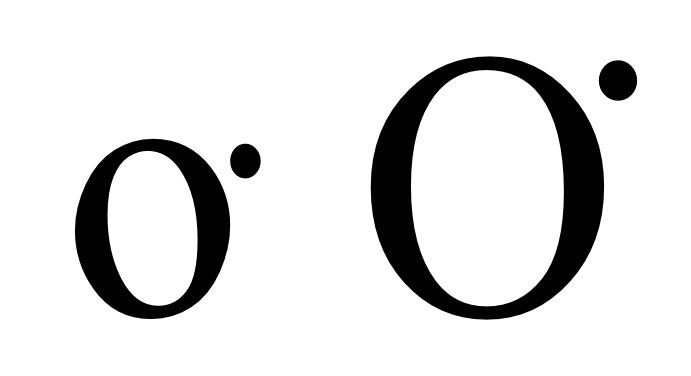 | ||
O͘ is one of the six Taiwanese Hokkien vowels as written in the Peh-oe-ji (POJ) orthography. It is a normal o followed by Unicode U+0358 ͘ COMBINING DOT ABOVE RIGHT, and is not to be confused with the Vietnamese Ơ. It is pronounced [ɔ].
This letter is not well-supported by fonts and is often typed as either o· (using the interpunct), o• (using the bullet), oo, or ou.
Because Taiwanese is a tonal language the standard letter without a diacritic represents the vowel in the first tone, the other four possible tone categories require one of the following four tonal symbols to be written above it.
History
The character was introduced by the Xiamen-based missionary Elihu Doty in the mid-nineteenth century, as a way to distinguish the Minnan vowels /o/ and /ɔ/ (the latter becoming ⟨o͘⟩). Since then it has become established in the Peh-oe-ji orthography, with only occasional deviations early in its usage – one example being Carstairs Douglas's 1873 dictionary, where he replaced the ⟨o͘⟩ with ⟨ø͘⟩ (this letter can be recreated using U+00F8 ø LATIN SMALL LETTER O WITH STROKE and U+0358 ͘ COMBINING DOT ABOVE RIGHT.
